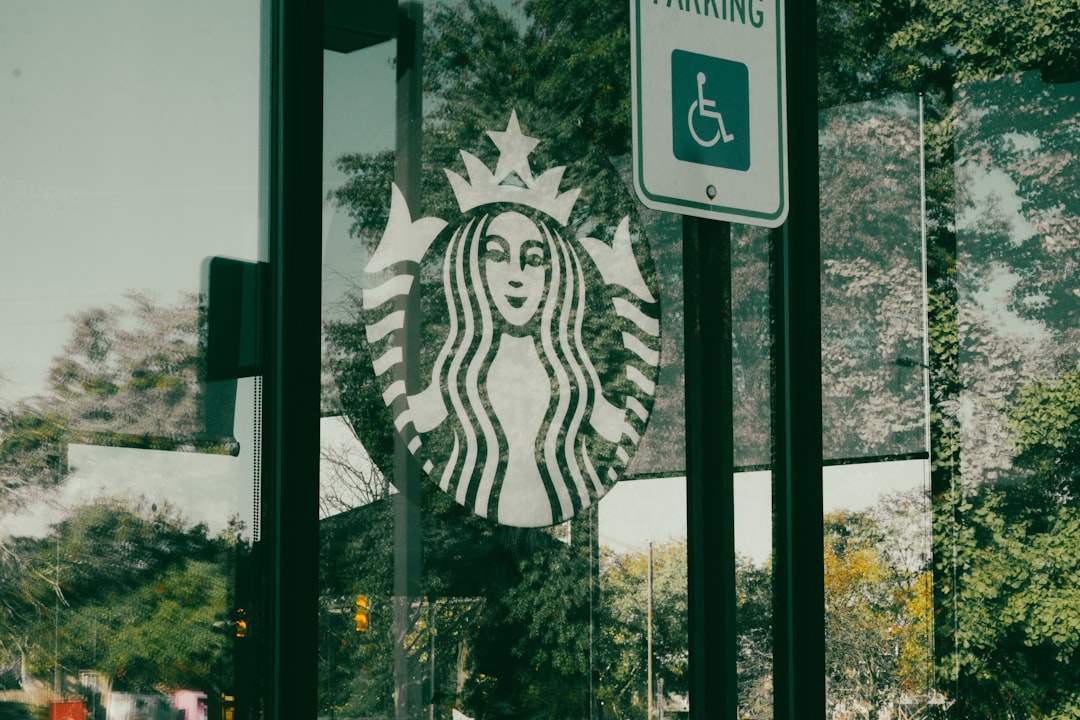That Price Isn’t Real—Just Wait Until You See the Bill

You know that tempting $299 cruise deal screaming at you from every travel website? Well, I fell for it once. Port fees and taxes often range from 10 to 20 percent of your base cruise fare. Add in the gratuities range from $14.50 per person, per day to $25 per person, per day, and suddenly that “bargain” cruise becomes something entirely different. My friend Sarah booked what she thought was a $600 cruise for two people, only to discover at checkout that the final price was actually $1,200. The hidden fees hit you like a rogue wave—and that’s before you even step on the ship.
Your “All-Inclusive” Vacation Isn’t All-Inclusive at All

The cruise industry loves to market itself as the ultimate hassle-free vacation, but that couldn’t be further from the truth. At many big brands, such as Royal Caribbean, Carnival and Princess Cruises, you’ll sometimes pay exorbitant amounts for internet access. The fastest service on Carnival vessels, for instance, was recently priced at $23.80 per person, per day. Want a decent meal beyond the buffet? Most alternative restaurants charge in the range of $15 to $60 per person (or more), but a chef’s table experience or wine-paired meal could be upward of a hundred per passenger. Even that “free” room service comes with a catch—room service, once free 24/7, now comes with a surcharge on many lines, with fees applied for certain items during certain late-evening hours or all the time. Lines like Norwegian and Royal Caribbean tack on a fee to all room service orders. It’s like paying for a hotel room and then being charged extra to use the bathroom.
The Environmental Impact Is Absolutely Staggering

A medium-sized cruise ship can emit greenhouse gases equivalent to 12,000 cars. That statistic stopped me dead in my tracks when I was researching my potential cruise. Taking a cruise is worse than flying – with the average cruise ship trip resulting in anywhere from 700 to 1,000 pounds of carbon dioxide emissions per day. We’re talking about floating cities that burn the dirtiest fuel imaginable. They generally use bunker fuel, which is the dirtiest type of fuel. Bunker fuel puts out lots of black carbon, sulfates and other chemicals. When I realized my week-long vacation would generate more pollution than driving my car for an entire year, I couldn’t justify it anymore.
The Waste Generation Is Like a Small Town’s Worth

Here’s something they don’t advertise in those glossy brochures: A large cruise ship, the largest of which can carry over 7,000 passengers and crew, on a one week voyage is estimated to generate 210,000 gallons (or 10 backyard swimming pools) of human sewage and 1 million gallons (40 more swimming pools) of graywater. Think about that for a moment—that’s enough waste to fill 50 backyard swimming pools in just one week. One study revealed that the 218 cruise ships in Europe released four times more sulfur oxide than all of the cars in Europe. Cruise ships comprise only 1% of the world’s fleet, but they create 24% of the waste generated by ships in the ocean. I couldn’t wrap my head around contributing to this environmental disaster just for a vacation.
Destinations Are Fighting Back—And Winning

The places you actually want to visit are getting fed up with cruise ships, and honestly, I don’t blame them. More than 100 vessels dock in the Dutch capital every year and they have become symbolic of local overtourism issues. The city, renowned for its canals, historic architecture, and unique ambiance, has been inundated with more tourists than residents on a daily basis. Reports indicate that in 2024, an average of 80,000 visitors arrived each day, pushing Venice’s fragile infrastructure to its limits. Cities like Amsterdam, the city council voted to shut down its cruise terminal in a bid to curb pollution and reduce tourist numbers, while In 2021, the Italian government banned large cruise ships from docking near St. Mark’s Square and the Giudecca Canal, redirecting them to ports on the mainland. When the destinations themselves don’t want you there, maybe it’s time to reconsider your vacation choice.
You’re Trapped on a Floating Mall for Days

The cruise experience itself felt more like being stuck in a shopping center than exploring the world. Some of the signature attractions on big cruise ships such as Norwegian Encore and Royal Caribbean’s Anthem of the Seas come with extra fees. Norwegian Encore’s much-ballyhooed go-kart track (it’s one of the only ones at sea) will set you back $15 for a single eight-lap ride. The ship’s nearby laser tag course will cost you $10 for a five-minute shoot-out. In both cases, you can buy a weeklong pass, but only if you’re OK with dropping an extra $199 per person. Every activity designed to keep you entertained becomes another revenue stream. You end up paying theme park prices for mediocre experiences while being surrounded by thousands of other people trying to do the exact same thing.
The Food Quality Doesn’t Match the Hype

Cruise lines love to boast about their dining options, but the reality is quite different when you’re feeding thousands of people simultaneously. The main dining room serves mass-produced meals that taste like cafeteria food dressed up with fancy plating. Carnival and Royal Caribbean now charge extra for filet mignon, lobster or a surf-and-turf combination entree in their main restaurants. The prices range from around $17 to well over $30 a plate. You’re essentially paying restaurant prices for food court quality. Meanwhile, the specialty restaurants that actually serve decent food come with hefty surcharges that can easily add $200 or more per person to your vacation cost. It’s like being invited to a potluck dinner where you have to pay extra for anything worth eating.
Port Days Are Rushed Tourist Traps

Those exotic destinations the cruise brochure promised? You get maybe 6-8 hours in each port, and half of that time is spent getting on and off the ship with thousands of other passengers. Several studies have shown that passengers disembarking from ships don’t contribute as much to the local economy as you might think. With all the food, drink and souvenirs they could ever want available on board, the money stays at sea. You’re herded like cattle to overpriced tourist shops and generic excursions that show you sanitized versions of local culture. I realized I’d rather spend three days really exploring one destination than getting a superficial glimpse of five places while contributing to their overtourism problems.
Health Risks Are Very Real and Underreported

Cruise ships are basically floating petri dishes, and the industry has a vested interest in downplaying health risks. The health of passengers, crew, residents living near cruise ports and workers of shipyards is compromised. Health risks impact both the people on board (crew and passengers) and on land. Remember how quickly COVID-19 spread through cruise ships in 2020? That wasn’t an anomaly—it was a preview of what happens when you pack thousands of people into enclosed spaces with recirculated air. Norovirus outbreaks are so common on cruises that they barely make the news anymore. The thought of being trapped on a ship with a stomach bug while surrounded by thousands of other potentially sick people was enough to make me book a land-based vacation instead.
The Labor Practices Should Make You Uncomfortable

Behind those smiling faces serving you drinks and cleaning your room are workers facing some of the most exploitative labor conditions in the travel industry. Cruise ship workers often come from developing countries and work contracts of six to ten months without a single day off. They live in cramped quarters below deck, work 12-16 hour days, and earn wages that would be illegal in most developed countries. In 2024, cruise lines will employ a multinational workforce of nearly 300,000 seafarers representing more than 150 countries. The cruise industry’s business model depends on this exploitation, and every dollar you spend supports these practices. I couldn’t enjoy my vacation knowing that the people serving me were working under conditions I wouldn’t wish on anyone.
You’re Missing Out on Authentic Travel Experiences

Real travel is about connecting with places and people, not floating above them in a bubble of artificial entertainment. When you cruise, you’re experiencing a sanitized, commercialized version of destinations designed to extract maximum spending in minimum time. You never get to wander down a quiet street, discover a local café, or have a spontaneous conversation with residents. Instead, you’re part of a massive tourist invasion that overwhelms small communities and leaves little authentic culture in its wake. The most memorable travel experiences happen when you slow down, stay longer, and actually engage with the places you visit—none of which is possible on a cruise.
Land-Based Travel Offers Better Value and Experiences

When I added up all the real costs of cruising—the hidden fees, the overpriced drinks, the mediocre food, the environmental guilt—I realized I could have a much better vacation for the same money. A week in Greece, staying in local hotels, eating at family-owned restaurants, and actually exploring at my own pace cost less than that “bargain” cruise would have after all the extras. I got to sleep in real beds, eat fresh local food, have meaningful conversations with locals, and create memories that didn’t involve waiting in line with 3,000 other tourists. The freedom to change plans, stay longer in places I loved, and discover hidden gems made for a far richer travel experience than any cruise could offer.
Looking back, skipping that cruise was one of the best travel decisions I ever made. The cruise industry has built an impressive marketing machine that sells convenience and value, but the reality is hidden fees, environmental destruction, exploitation, and experiences that feel more like consumption than exploration. Your vacation time is precious—why spend it trapped on a floating mall when the world is waiting to be truly explored? What kind of traveler do you really want to be?






